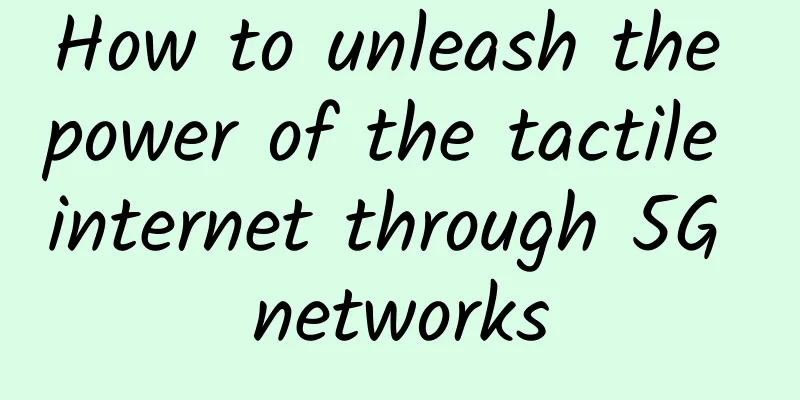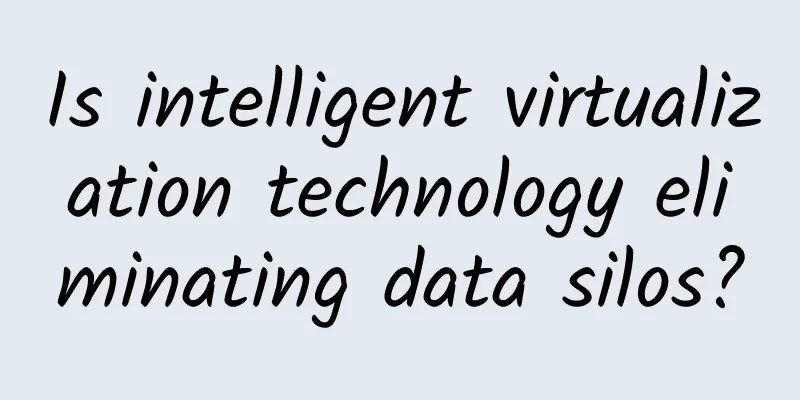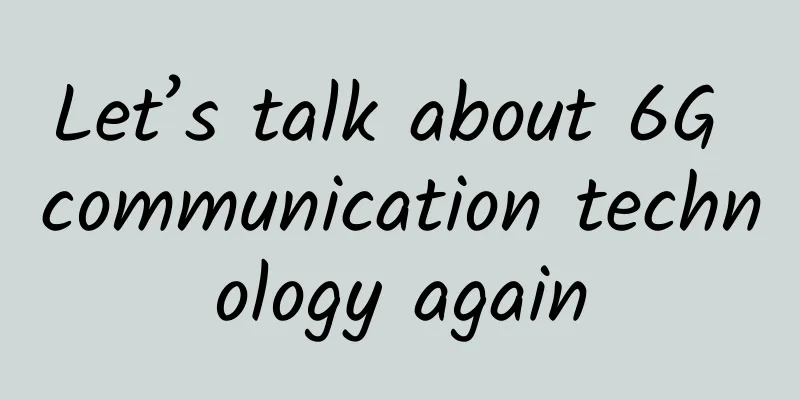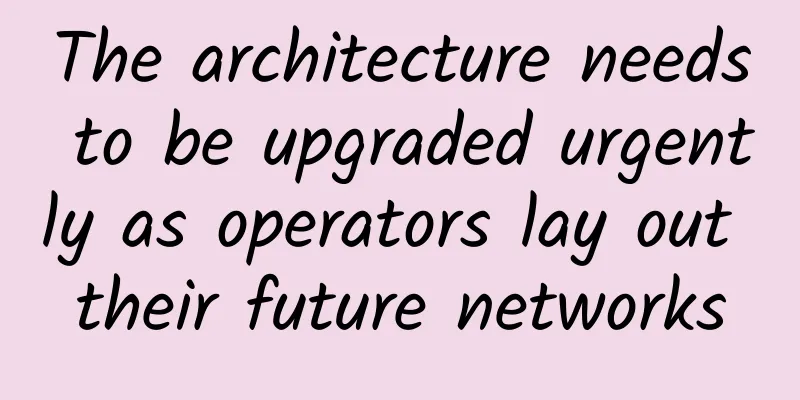How to unleash the power of the tactile internet through 5G networks

|
Today, the Internet is everything! It was created to provide interoperable communications around the world for unparalleled multimedia and data content exchange. Moreover, it has also driven technological innovations as it evolved from 2G to 3G, then from 4G to now 5G. 5G is not just a technology or wireless upgrade, but it has ushered in a world of accelerated and disruptive changes. After driving the development of the Internet of Things (IoT) and ushering in a new industrial era, and after Industry 4.0, it is now paving the way for the Tactile Internet. While the Internet of Things is driving automation through a range of Internet-enabled tools, the Tactile Internet is expected to push it to the next level.
The term was coined by Professor Gerhard Fettweis of the Technical University of Dresden in Germany in early 2014. In August of the same year, the International Telecommunication Union (ITU) defined the tactile Internet as an Internet network with low latency, extremely short transport, high availability, high reliability and high security. This will depend on the proximity of cloud computing) and virtual or augmented reality for sensory and tactile controls. Accenture said in its 2018 paper titled "Tactile Internet Supported by Ubiquitous Networks" that the tactile Internet will enable remote real-time physical interaction with real and virtual objects, creating a two-way interactive experience in which the boundary between the real world and the virtual world will become blurred. The Tactile Internet will use 5G’s URLLC (Ultra-Reliable Low-Latency Communication) capabilities to provide users with ultra-fast internet connections, allowing for tactile interactions with visual feedback. Visual feedback here refers to audio-visual interactions, robotic systems that can be controlled in real time, and actuated robots. As the availability of high-speed internet connections increases, its low-latency capabilities will lead to enhanced human-machine (tactile) interactions that can be transmitted in real time to the other side of the world. All formats of the tactile effect data (waveform, frequency, length, etc.) are hosted on a remote server. Since the IoT already provides connectivity, this data can be accessed online without relying on internal storage space, enabling detailed tactile effects. Advocates of this technology suggest establishing it in areas where machines can complement human capabilities rather than replace them. The International Telecommunication Union (ITU) mentions that the Tactile Internet will benefit even VR by providing the low-latency communications needed to achieve a “shared tactile virtual environment”, in which multiple users are physically coupled through VR simulations to perform tasks that require fine motor skills. Why 5G? While 5G offers high-speed connections, faster data upload and download speeds, greater bandwidth, and more stable connections than its predecessors, it also has specific features and capabilities that can meet the premise of the tactile internet. Tactile communication must have an end-to-end latency of 1ms. According to the ITU, in order for technical systems to match human interaction with the environment, people's natural reaction time sets the target that technical specifications must meet. Next, for critical missions to be performed, such as networked robotics, remote surgery, downtime should not increase by a single second per year. One also needs enough capacity to allow a large number of devices to communicate with each other simultaneously and automatically at an accelerated rate. Since most of the processing will occur at the edge, one needs the underlying network infrastructure that supports faster content and data transmission. Edge computing will further allow efficient processing of 3D video, audio, and tactile information captured by many devices and sensors near a large number of users due to content caching. 5G checks these boxes because it has a latency of less than 2 milliseconds and can share data faster than other existing network technologies. Therefore, it is 5G that will support the tactile internet. Application Areas The Tactile Internet will enable a plethora of new applications, products and services. Some of these are:
|
>>: If 4G construction is "building roads", 5G is actually "building cities"...
Recommend
BuyVM: AMD Ryzen+NVMe high-performance VPS, 1Gbps unlimited traffic, cheap large hard disk (storage block) VPS
During Black Friday, many friends squatted on lar...
Detailed explanation of 5G communication: current status of 5G technology and future trends
Since 2016, 5G has become increasingly popular. A...
Wi-Fi 6 forces basic network equipment to upgrade
Wi-Fi 6 (802.11ax) is here, and more and more wir...
The importance of 5G for manufacturing robots
The use of robots is often associated with the pu...
Come to HC to see Huawei "unlock" the "efficient model" for government and enterprises to move from operation and maintenance to operation
[51CTO.com original article] The digital transfor...
CMIVPS: US VPS monthly payment 60% off, annual payment 50% off, Seattle high-security AS4837 line optimization starting from $4/month
This month, CMIVPS is offering a limited special ...
The data of tens of millions of JD.com users are suspected to have been leaked. Human greed has given rise to the "data black industry".
[[188856]] Recently, a heavy "bomb" app...
.com domain prices expected to rise for first time in eight years
According to foreign media reports, ICANN, the or...
A US court ruling to suspend the implementation of the TikTok delisting incident
US court rules to temporarily suspend TikTok'...
Top ten trend predictions: Where will domestic telecom operators go in 2021?
After a complicated 2020, the wheel of time has e...
The operators’ 5G investment budget has been determined. From construction to application, what other challenges are there to overcome?
According to statistics from China News Service, ...
my country's mobile IoT connections account for 70% of the world's total, with "things" connections rapidly surpassing "people" connections
On January 30, it was learned from the Ministry o...
Automating network verification for smoother changes
Imagine a business-critical network that is runni...
Faced with the policy requirement of "speeding up and reducing fees", why don't operators respond in this way?
As the Internet becomes more popular, the intelli...
What kind of ERP system do we need in the post-epidemic era?
In recent years, as the Internet has gradually pe...







![[Restock] Bricklayer Los Angeles CN2 GIA (DC6/DC9)/Japan Softbank special price $46.6/year](/upload/images/67cabd08b768b.webp)

